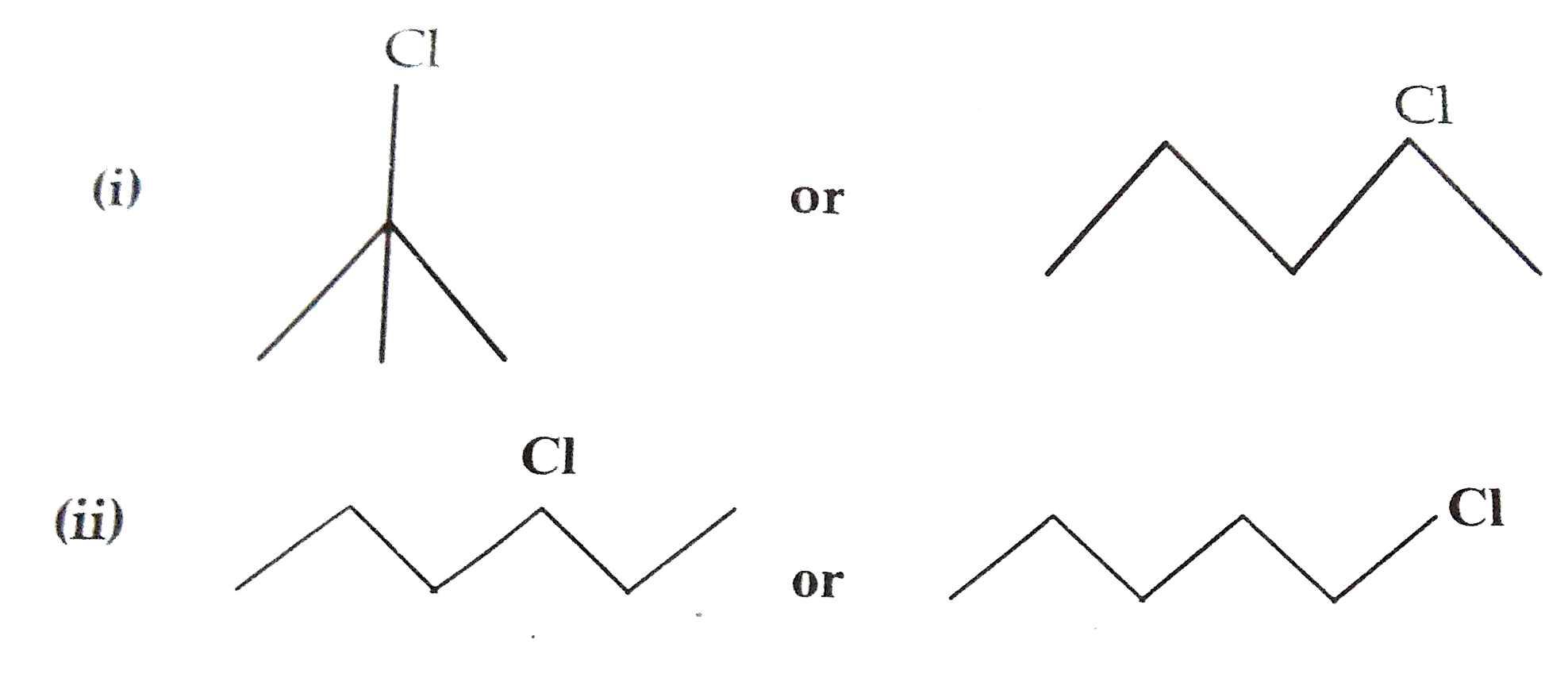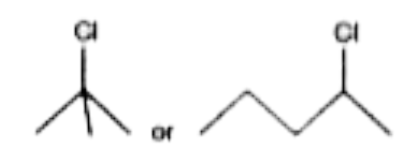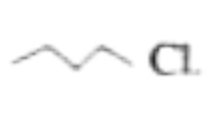(a) In the following pairs of the halogen compounds, which would undergo SN2 faster ?

(b) Which one of the following pairs undergoes SN1 substitution reaction faster and why?

(a) SN2 reaction proceeds through the formation of a transition state involving bonding of carbon to five atoms or groups. The reactivity is decided by stability of transition state on the basis of steric hindrance. The reactivity follows the order : CH3>1∘>2∘>3∘ halide. Therefore,
(i)  is primary alkyl halide and hence undergoes SN2 reaction faster.
is primary alkyl halide and hence undergoes SN2 reaction faster.
(ii)  will undergo SN2 reaction faster because iodine is a better leaving group because of its large size and hence it will be released at a faster rate in the presence of incoming nucleophile.
will undergo SN2 reaction faster because iodine is a better leaving group because of its large size and hence it will be released at a faster rate in the presence of incoming nucleophile.
(iii)  (1-Bromo-2, 2-dimethylpentane) reacts faster because it is 1∘ alkyl halide.
(1-Bromo-2, 2-dimethylpentane) reacts faster because it is 1∘ alkyl halide.
(iv)  (2-Methyl-1-bromopropane) reacts faster because it has lesser steric hindrance in the transition state.
(2-Methyl-1-bromopropane) reacts faster because it has lesser steric hindrance in the transition state.
(v) CH3CH2Br would undergo SN2 reaction faster because of less steric hindrance.
(b) SN1 reaction occurs through the formation of carbocation. Therefore, greater the stability of the carbocation, faster is the rate of SN1 reaction. Since the stability of carbocation follows the order 3∘>2∘>1∘>CH3, therefore,

Topper's Solved these Questions
- HALOALKANES AND HALOARENESBOOK - MODERN PUBLICATIONCHAPTER - HALOALKANES AND HALOARENESEXERCISE - PRACTICE PROBLEMS
30 Videos
- HALOALKANES AND HALOARENESBOOK - MODERN PUBLICATIONCHAPTER - HALOALKANES AND HALOARENESEXERCISE - CONCEPTUAL QUESTIONS
25 Videos
- GENERAL PRINCIPLES AND PROCESSES OF ISOLATION OF ELEMENTSBOOK - MODERN PUBLICATIONCHAPTER - GENERAL PRINCIPLES AND PROCESSES OF ISOLATION OF ELEMENTSEXERCISE - COMPETION FILE (Integer Type Numerical Value Type Questions)
5 Videos
- ORGANIC COMPOUNDS CONTAINING NITROGEN BOOK - MODERN PUBLICATIONCHAPTER - ORGANIC COMPOUNDS CONTAINING NITROGEN EXERCISE - UNIT PRACTICE TEST
5 Videos
Similar Questions
Which one in the following pairs undergoes SN1 substitution reaction faster and why ?

View SolutionWhich one in the following pairs undergoes SN1 substitution reaction faster and why ?

View SolutionWhich one of the following pairs undergoes Snl substitution reaction faster and why?

View SolutionWhich one of the following pairs undergoes Snl substitution reaction faster and why?

View SolutionIn the following pairs of halogen compounds, which would undergo SN2 reaction faster?

View SolutionIn the following pairs of halogen compounds, which would undergo SN2 reaction faster?

View SolutionIn the following pair of halogen compounds which would undergo SN2 reaction faster?


View SolutionWhich ones in the following pairs of substances undergoes SN2 substitution reaction faster and why ?

View SolutionWhich ones in the following pairs of substances undergoes SN2 substitution reaction faster and why ?

View SolutionWhich one in the following pairs of substances undergoes SN2 substitution reaction faster and why?

View Solution
